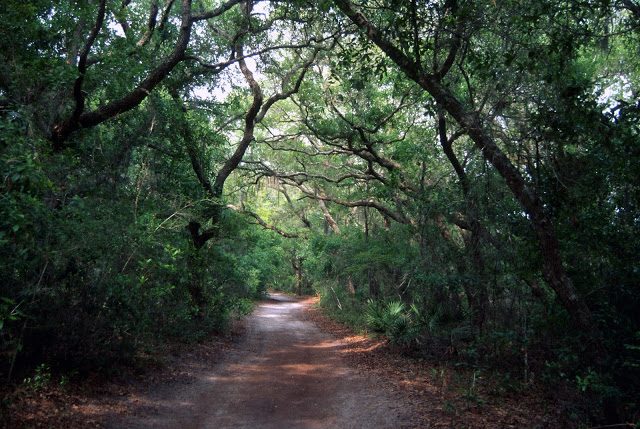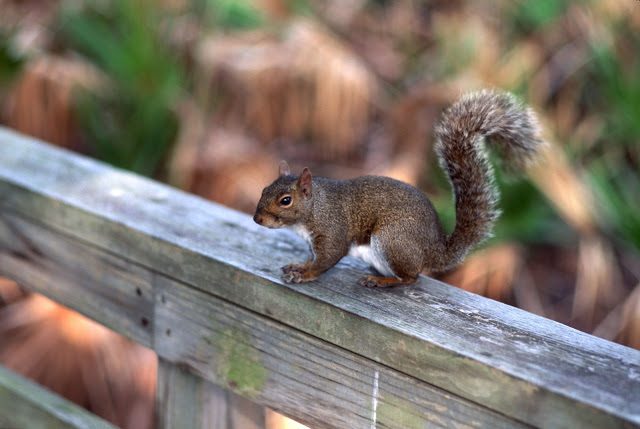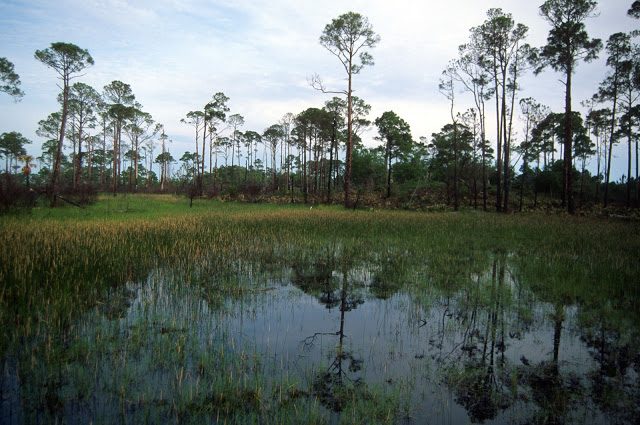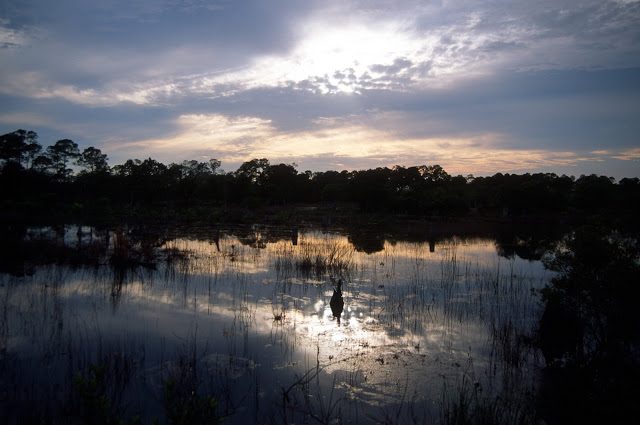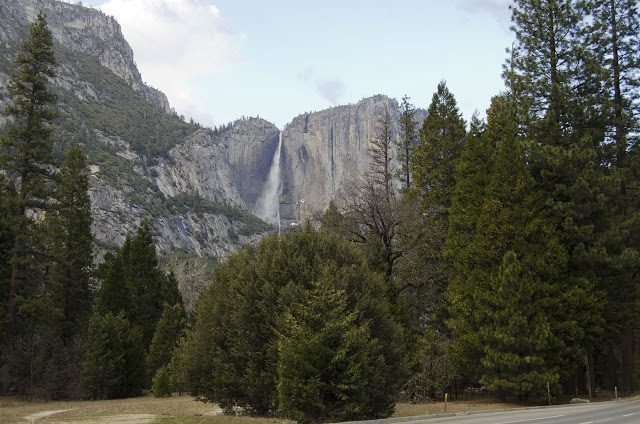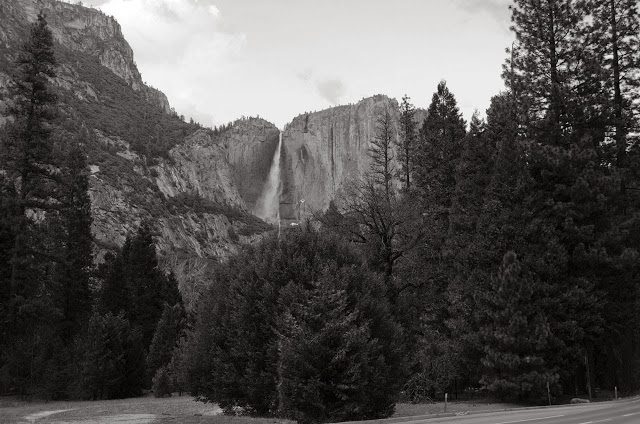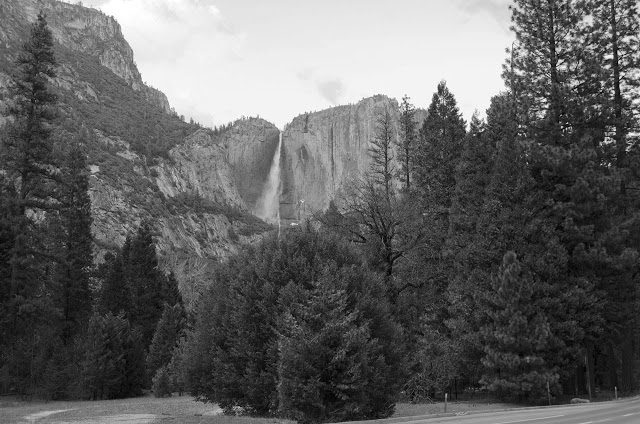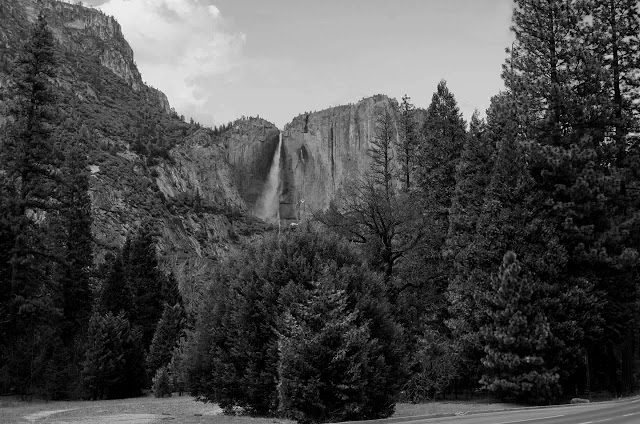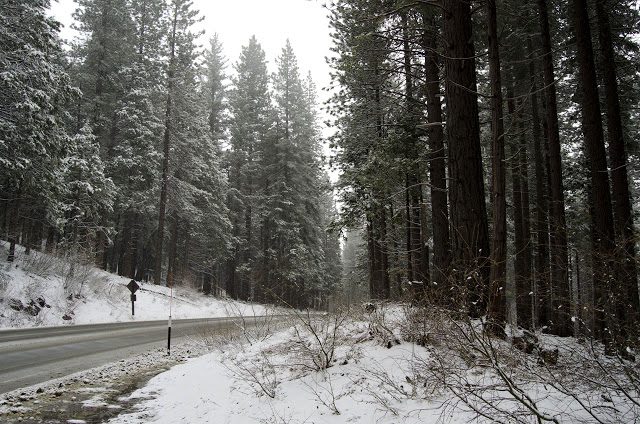In the very first post of this thread is an image of lily pads on a pond, with the sun reflected on the water. This is one of my favorite images I ever made, and I'm insufferably proud of it.
It's on Kodachrome 64, and is the 15th frame of
the very first roll of 35mm film I ever shot. The camera was my dad's Voigtlander Vitessa, a 1952 folding rangefinder that he passed down to me when I asked for a 35mm camera for Christmas. I'd been shooting snapshots with a 126 Instamatic camera up to that point, and was very aware of its limitations. I was in college at the time and had a couple of friends with "good" cameras, and of course Dad always had a nice camera.
Here's the camera:
It had a 50mm f:2 lens with a leaf shutter, 2 seconds to 1/500 plus B. Minimum aperture was f:16. The tall plunger is the film advance, and the other button is the shutter. It had a switch to sync the flash with a flashbulbs or electronic strobe. The window on the front with the yellow dial in it is the frame counter. You had to zero it when you loaded the film, or your count was wrong. The larger window at the top corner was the viewfinder, and you focused by moving the image taken from the diamond-shaped window until it was superimposed exactly on the subject in the viewfinder.
The camera was completely manual, no metering. I carried a light meter around with me. I still have both the camera and the light meter, both in good working order. I haven't run any film through it in ages, but I "exercise" the shutter every few weeks by tripping it at various speeds. Slower speeds have audible clockwork gears running as the escapement counts down the time! I really don't know how accurate the shutter is, but the speeds that are slow enough to hear are a little longer than they ought to be, so I'm assuming it's a little slow all the way across. That's not necessarily the case, as different clockworks engage at different speed ranges.
So Dad showed me how to load it, where the settings were, and explained what it meant to have shutter speed and f-stop set correctly, how they related to each other to control light onto the film. He explained what film speed was (we called it ASA, not ISO at the time) and how to set the light meter for film speed. Then he turned me loose.
I did some reading, figured out the light meter, and bought some film. Dad said, "Always use Kodachrome, never use Ektachrome!" He was an early Ektachrome user, back when its color stability was measured in minutes, and when he used Ektachrome, he didn't like the color as well as Kodachrome. Good thing he switched back because the 2 or 3 rolls of Ektachrome he shot are completely magenta nowadays. (I have those slides and have been scanning and "repairing" them, maybe a subject for another thread...) So I got my Kodachrome, went out to the state park (where I still shoot today!) and saw this scene.
From my reading beforehand I knew that this certainly qualified as backlit. (Duh!) I pretty much made a guess at the exposure by pointing the light meter at several different points around the scene and summing them up in my head. I subtracted 2 stops for the severe backlighting of the sun being reflected in the image, and this is what I got.
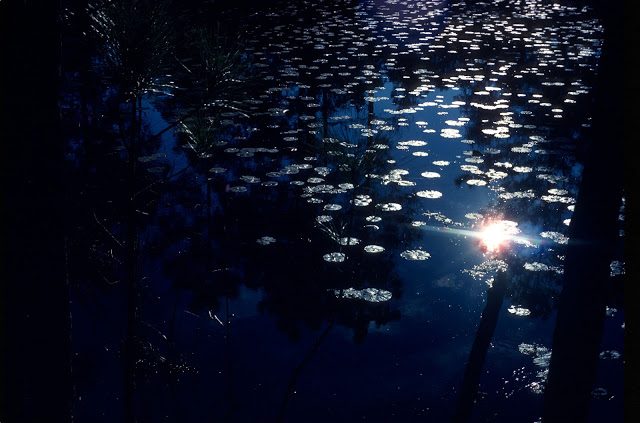
I've had quite a bit of difficulty getting it digitized, though. Every few months I dig it out and try some of the new tricks I've learned during the time, with color or level adjustments, brightness or contrast, whatever. My first scan of it was with a slide adapter in a flatbed scanner. Quite unsatisfactory, but all I had at the time. I have a Nikon film scanner now, and it does a much better job with it. I've been through 2 pieces of software with that scanner, the Nikon software it came with (Yuk!) and now Vuescan.
The issue with the slide is that the film is not flat in the mount. Looking at the slide on the table, the film dishes up as you move in from the edge, then the center is like a dimple. What happens in the film scanner is that it focuses on a single point, and the rest might not be as sharp as one would like.
So tonight I made it my project to try to do something about that. I learned the other day that I can select the focus point in Vuescan, so I decided to run multiple scans of the slide, with various points picked as the focus, then see what Photoshop would do with a focus-stack! The result is much better than any of my previous scans, and almost satisfies me with the slide. It still has more contrast than the projected image, and could do with a mild HDR treatment to bring whites and blacks more in line with each other. It's right at the limit of blowing the lily pads to completely white, and the dark areas to the left have lost a lot of what's on the slide. (I don't even want to
think about getting a set of scans exposed for the light areas, then for the dark, and in between, with the focus stacking I'd need to do on top of that! I'd need 12 to 15 scans to produce just 3 images from whcih to HDR the thing!) But this focus-stacked scan of 4 or 5 separate scans is the best I've come up with on this slide ever, so I figured I'd post the story of making it.

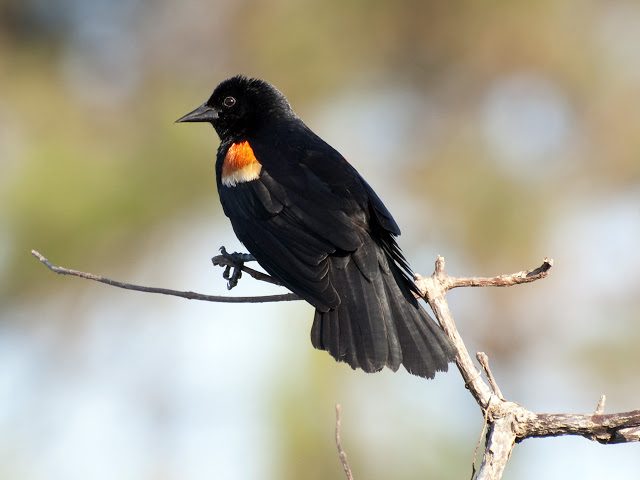
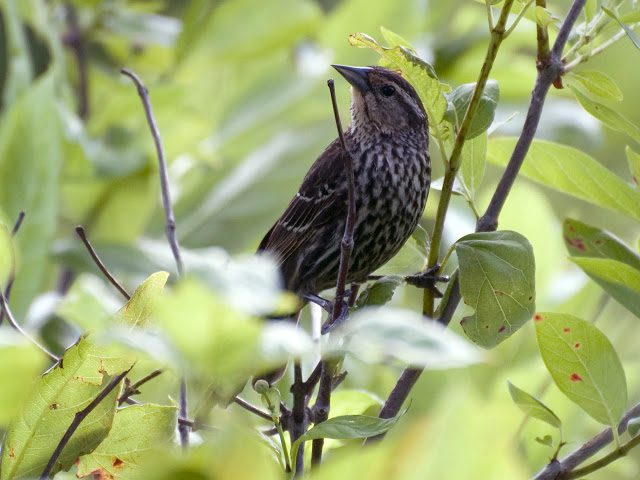
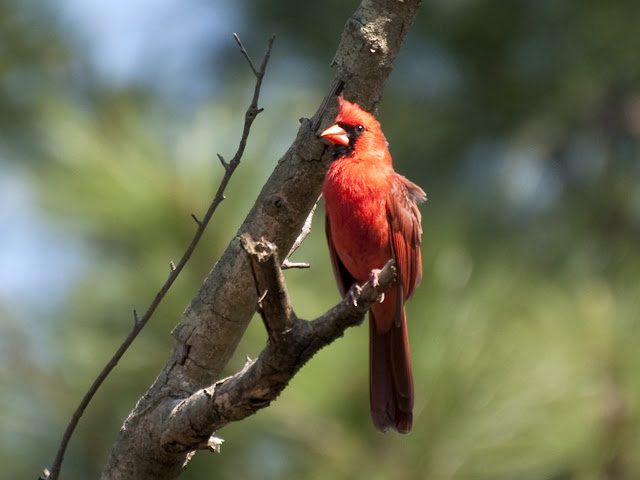
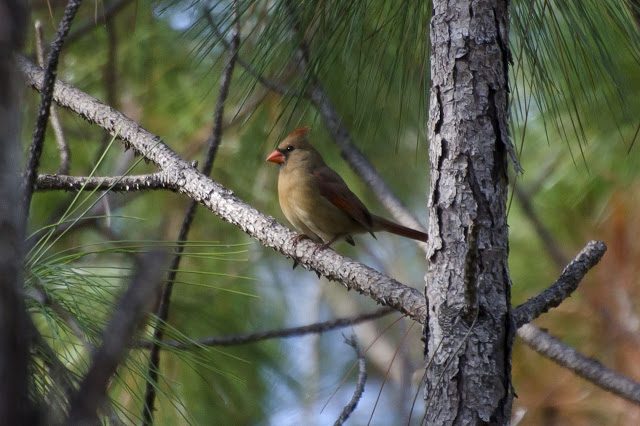
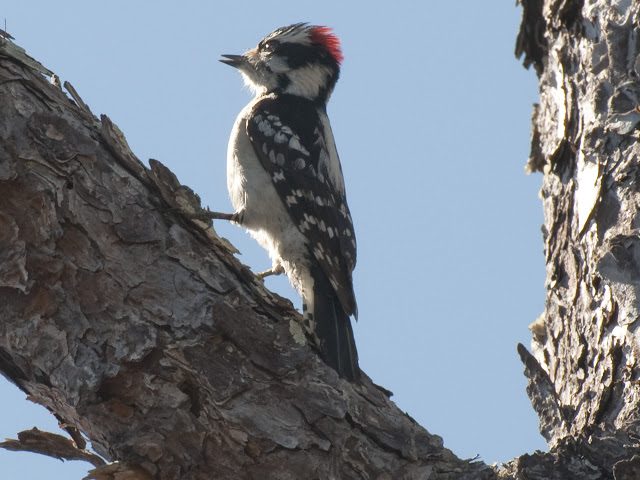
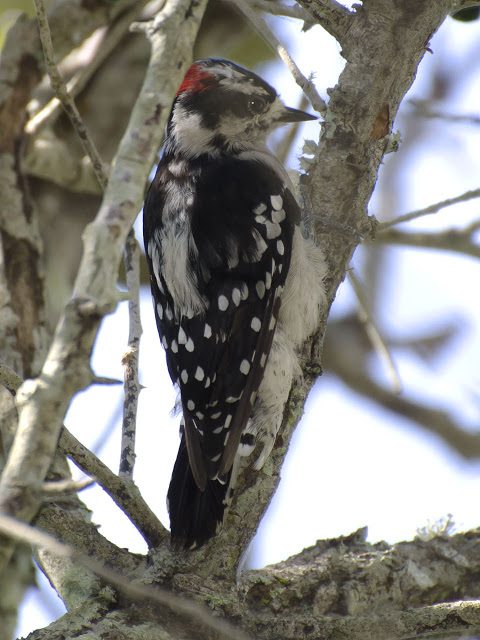
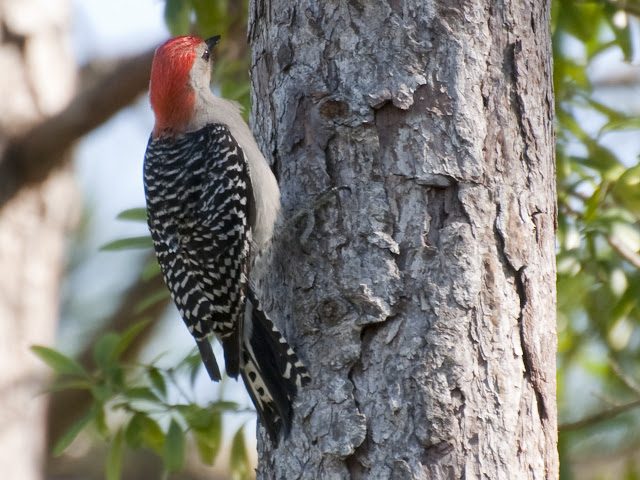
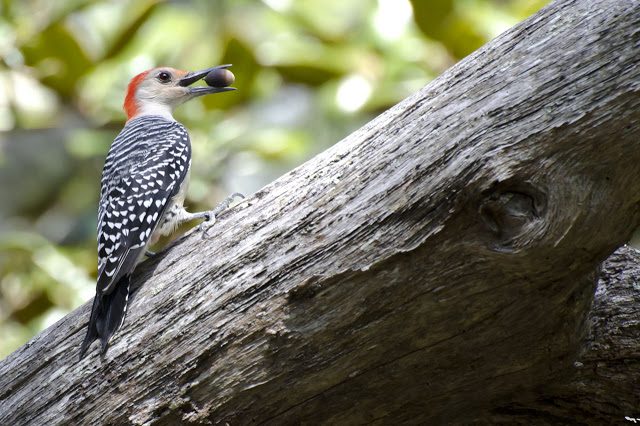
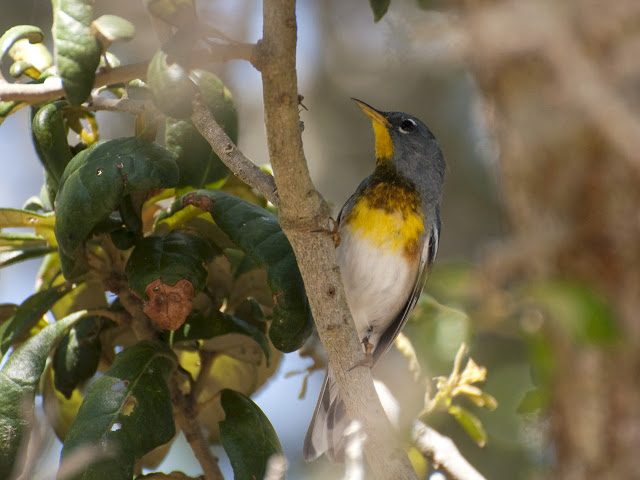
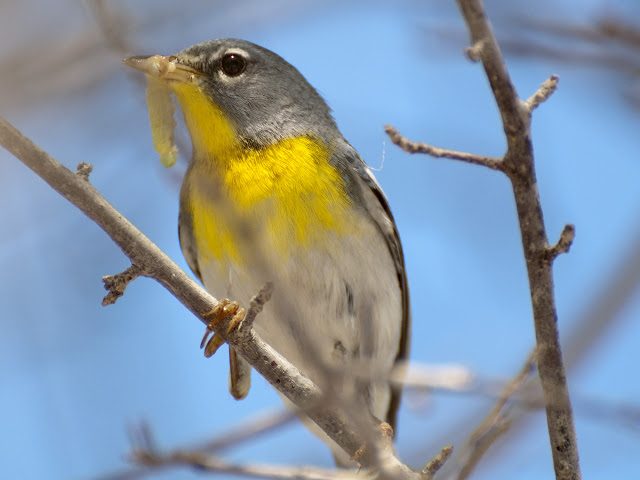
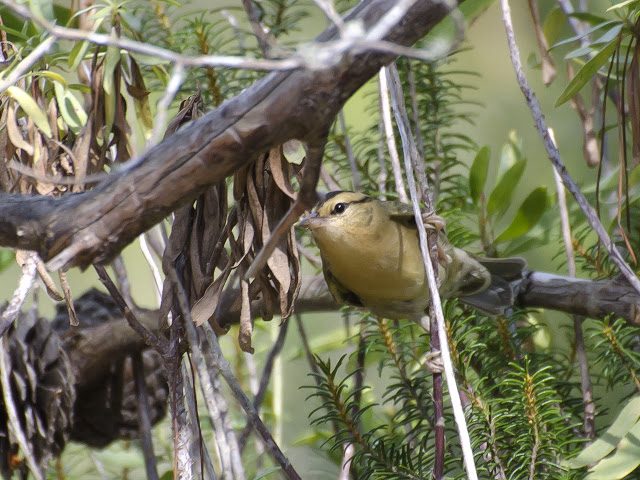
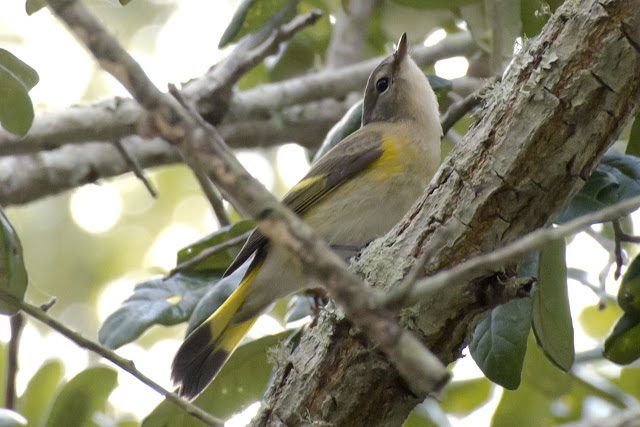

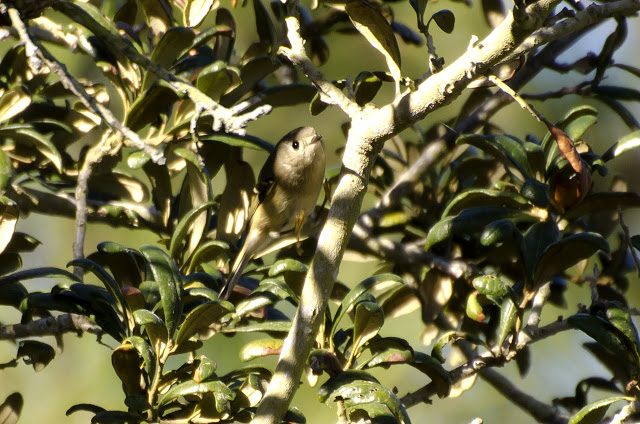
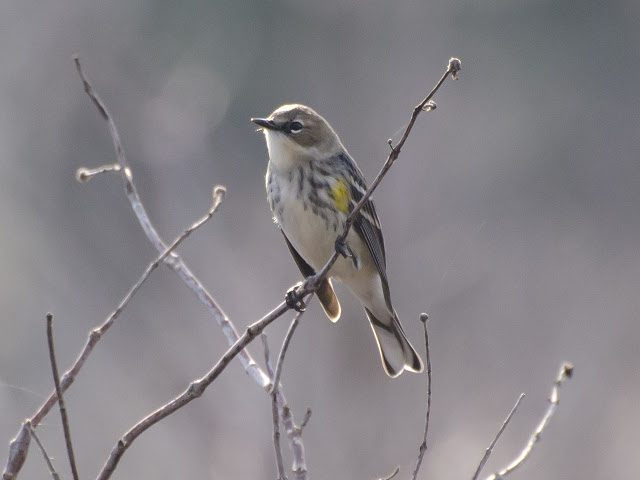
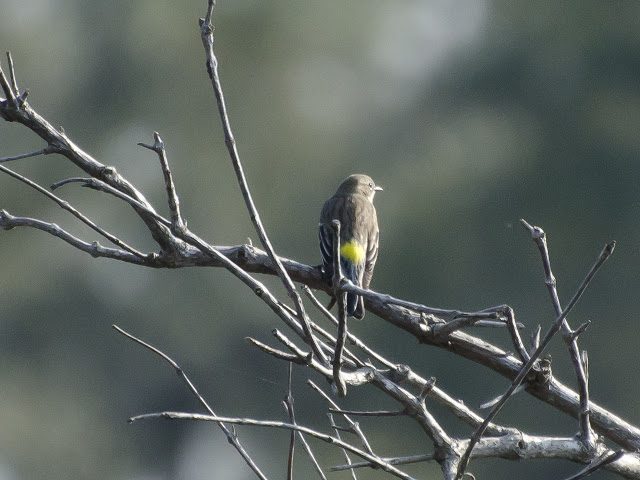
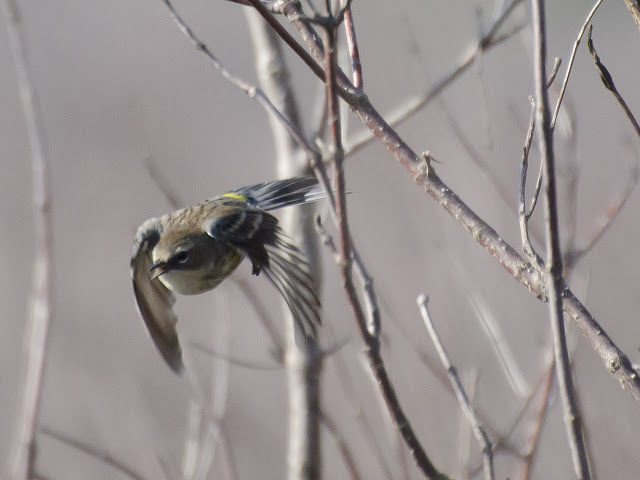
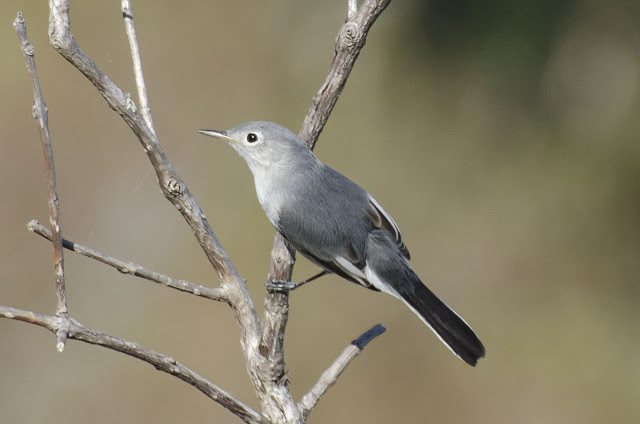
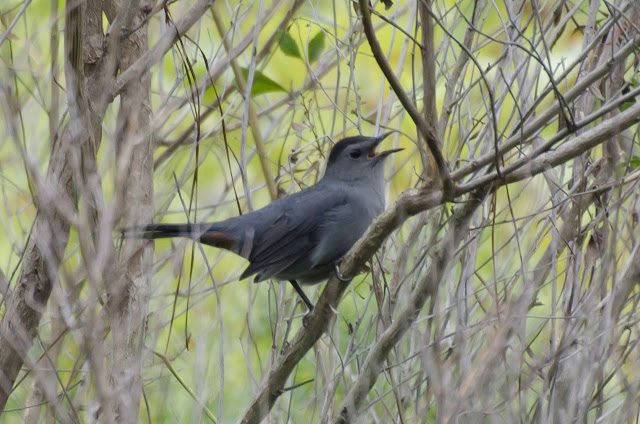
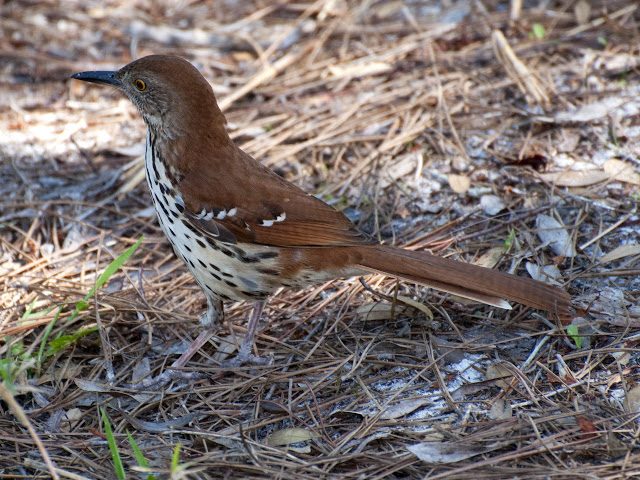
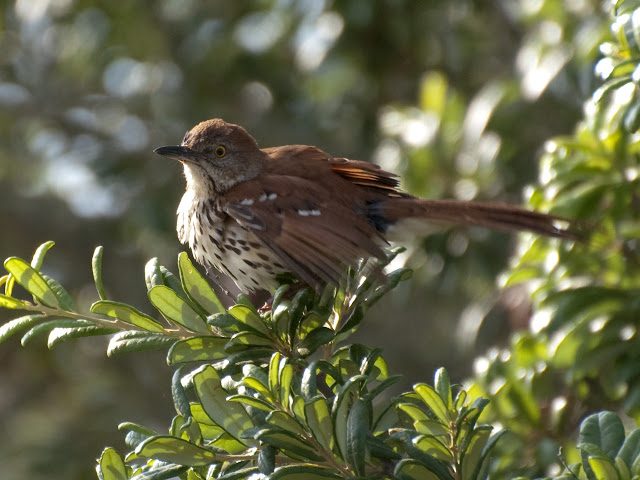
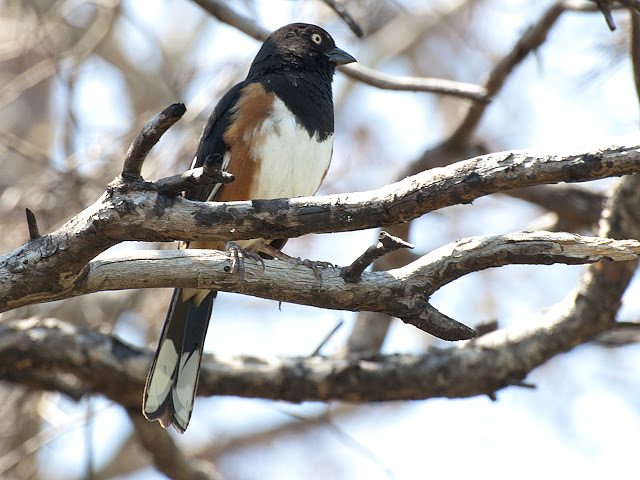


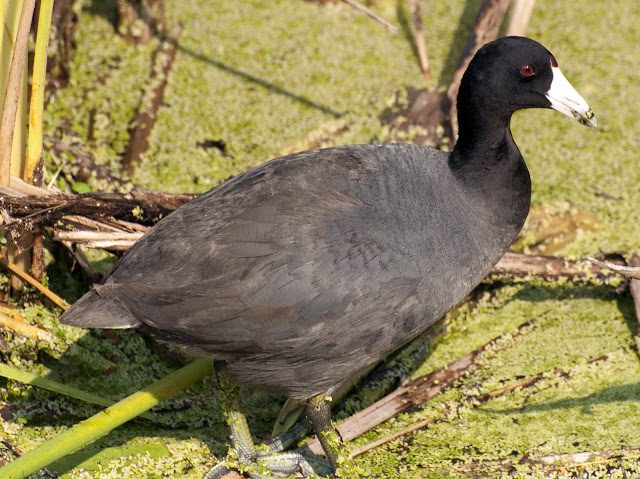
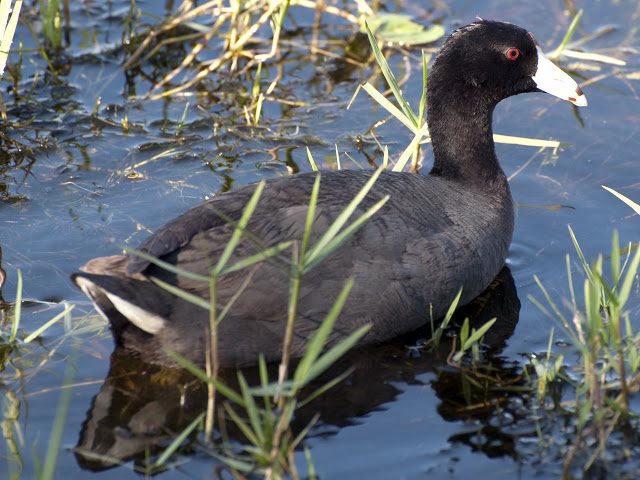
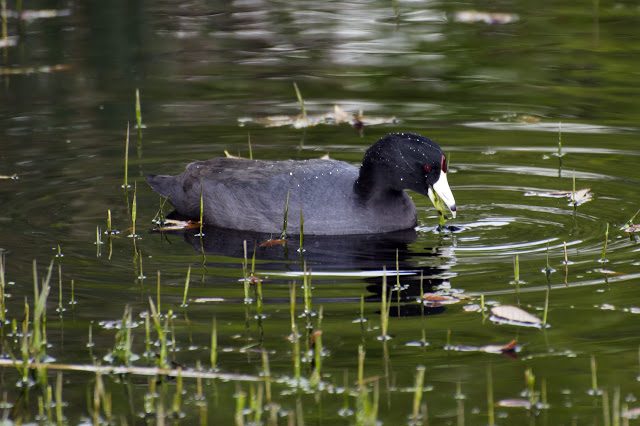
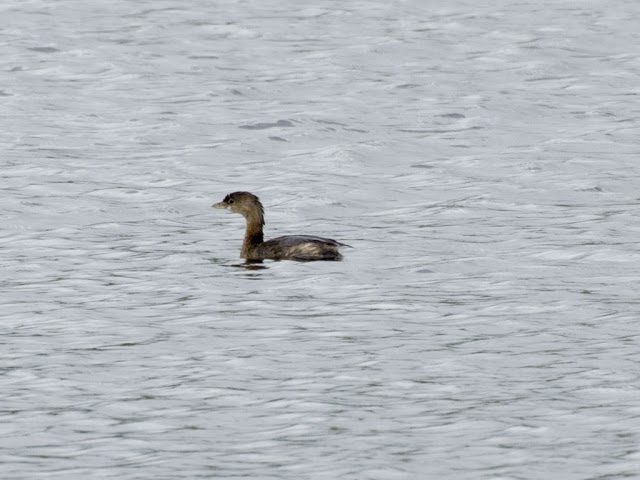
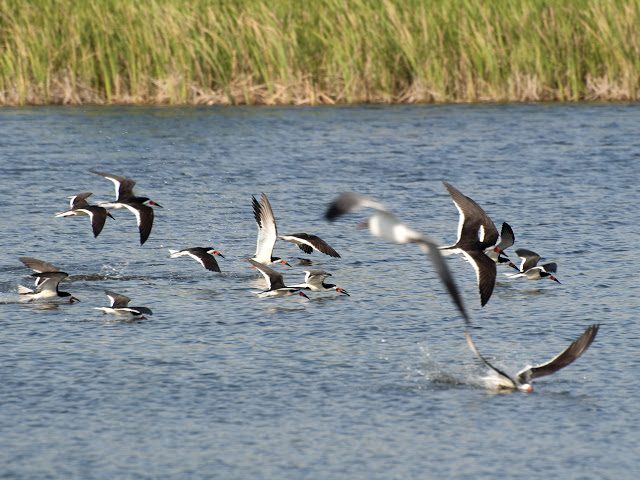
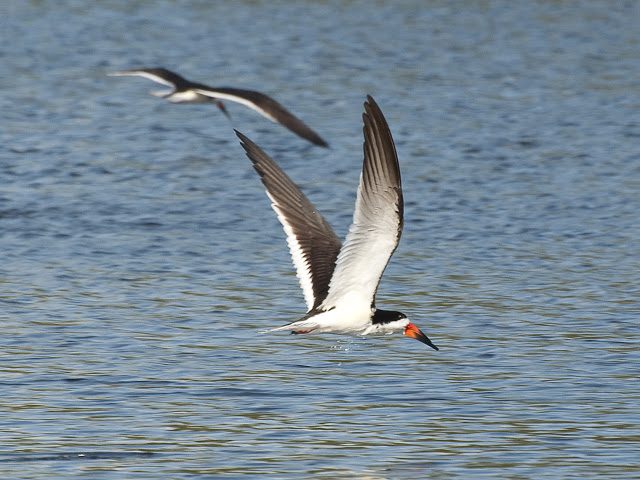
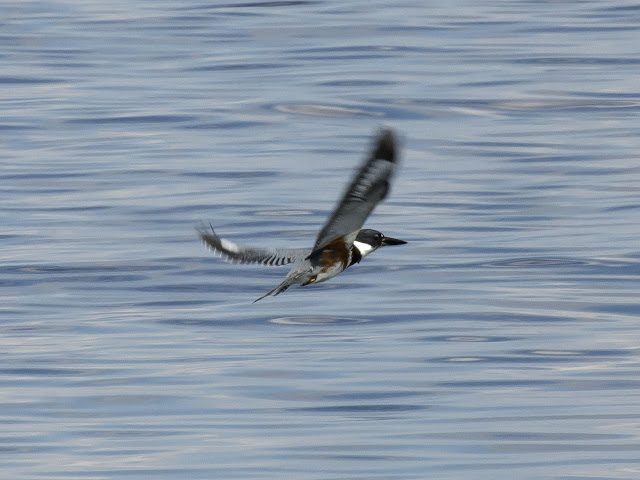
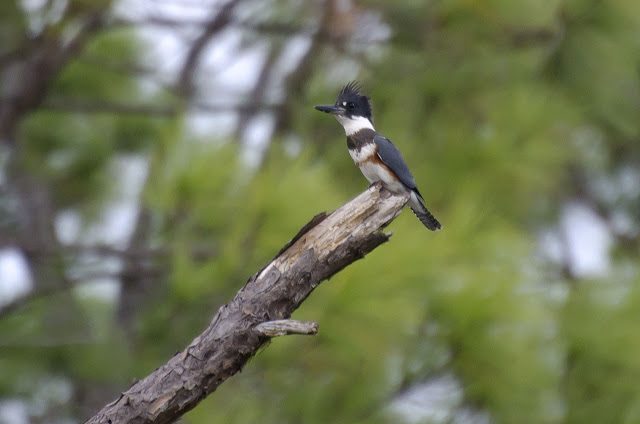
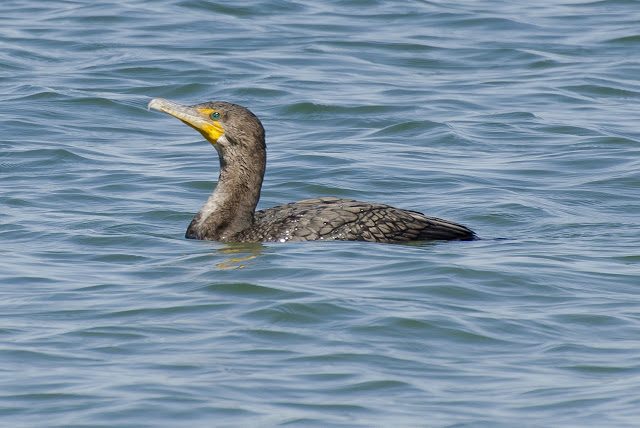
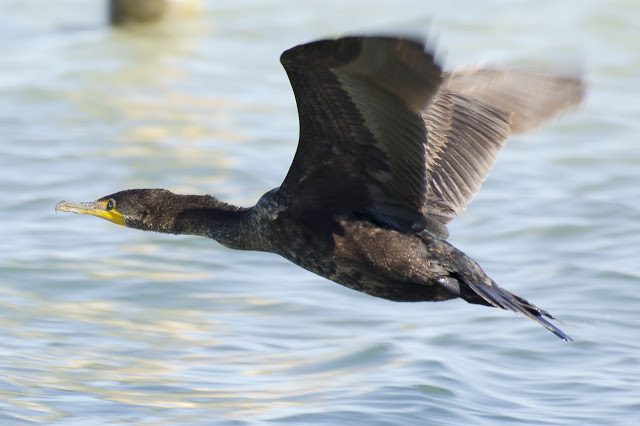
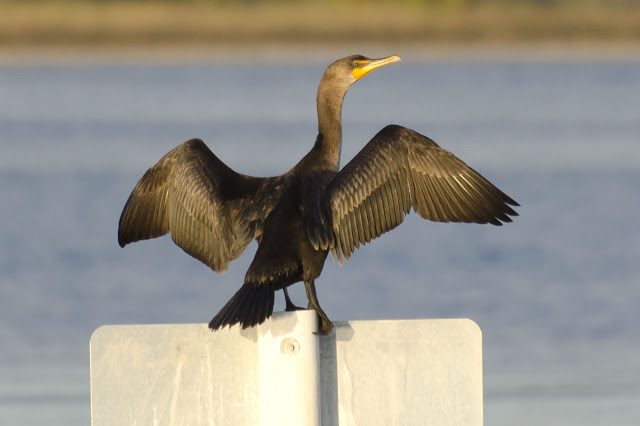
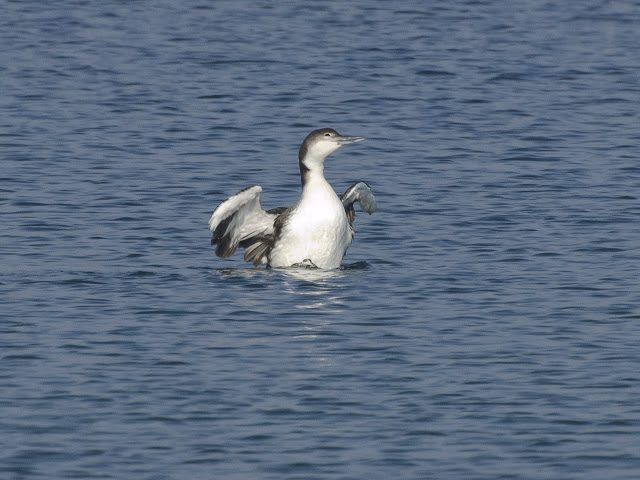
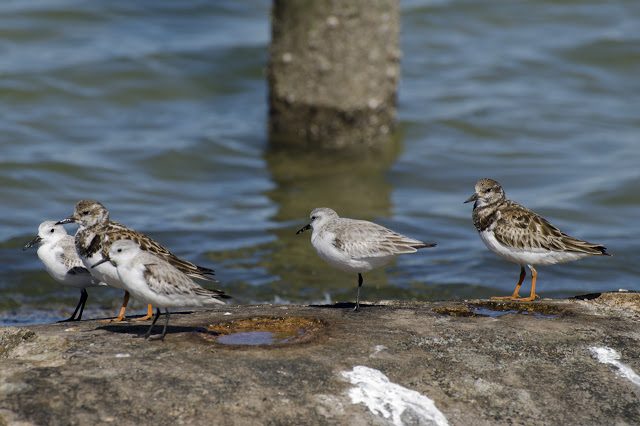
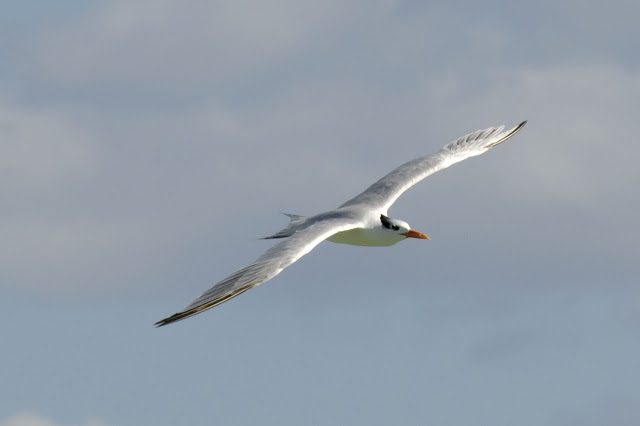
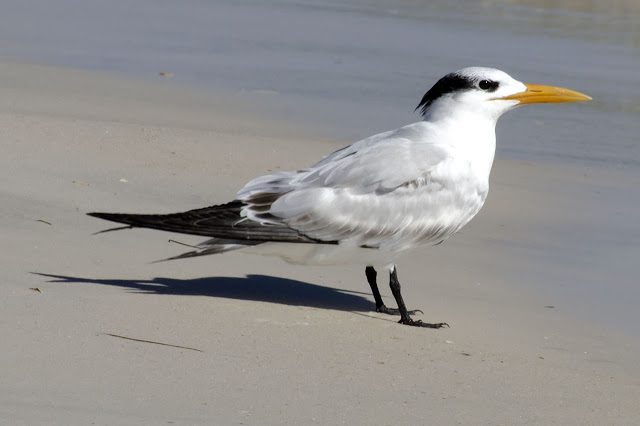
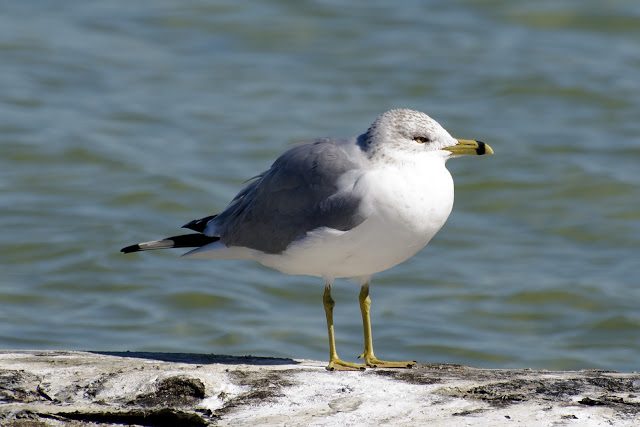
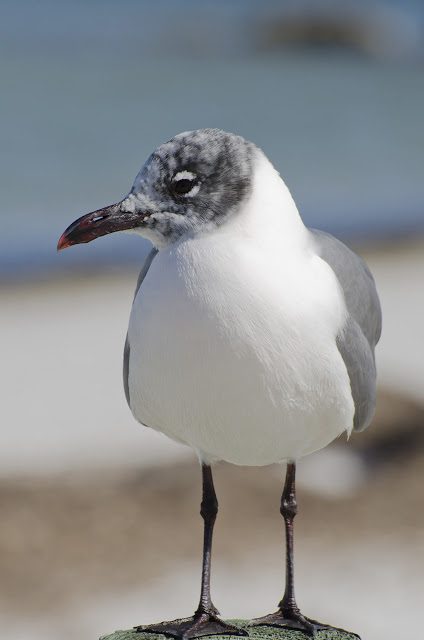
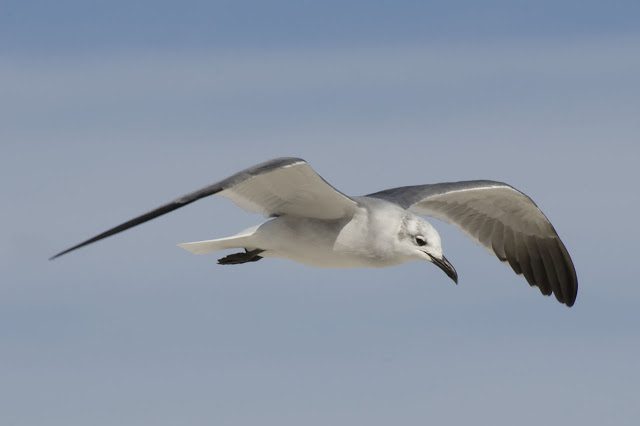
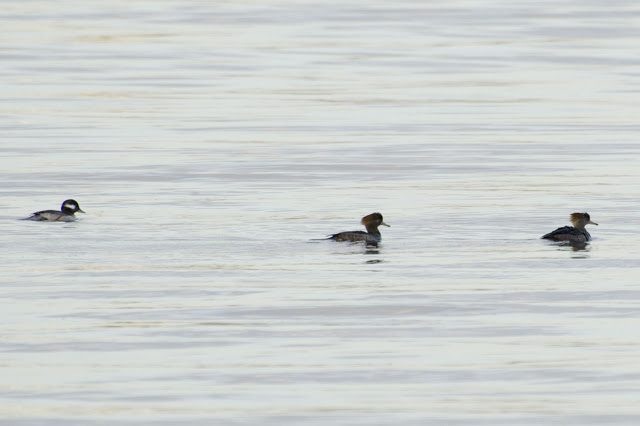
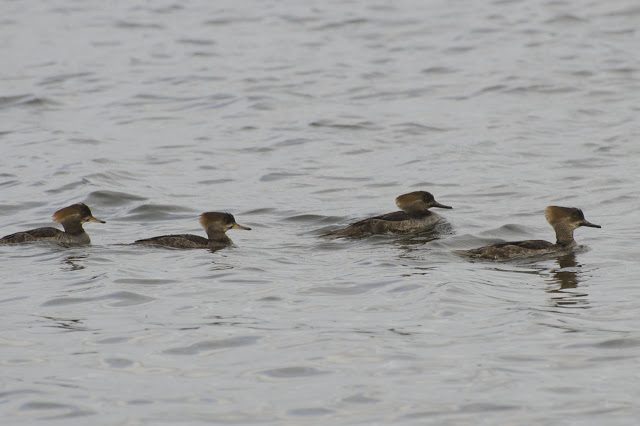
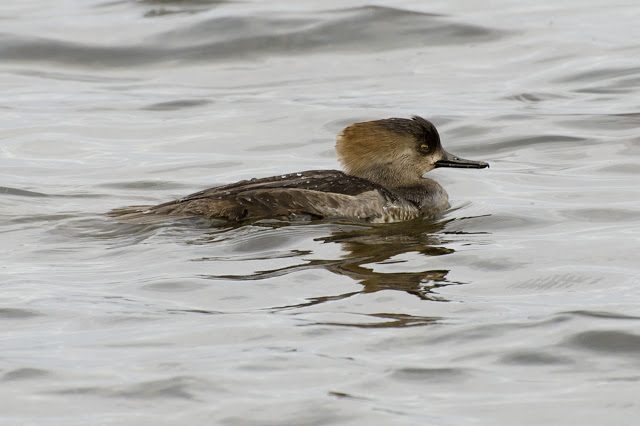

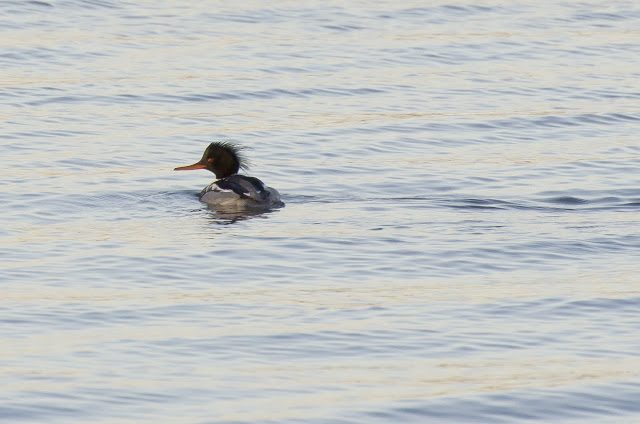
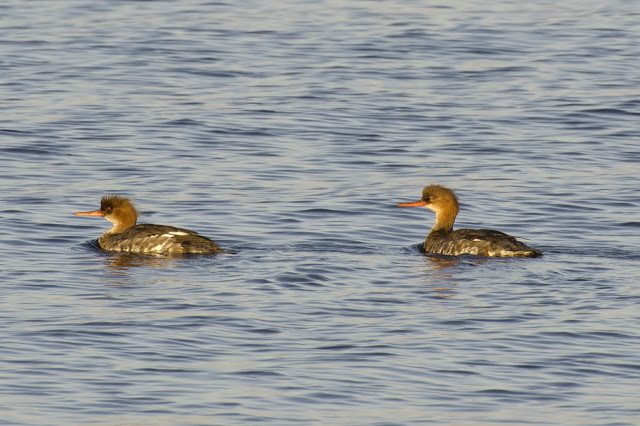
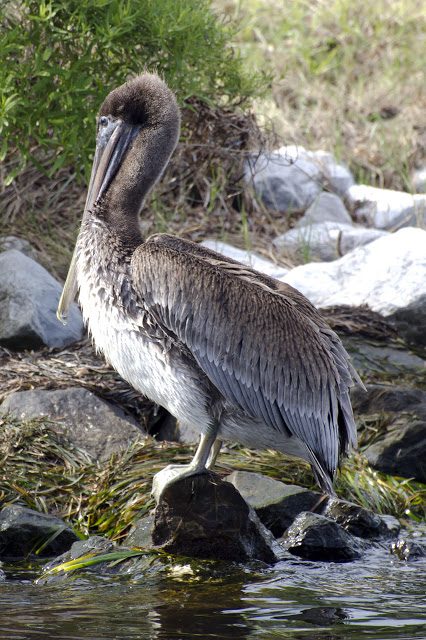

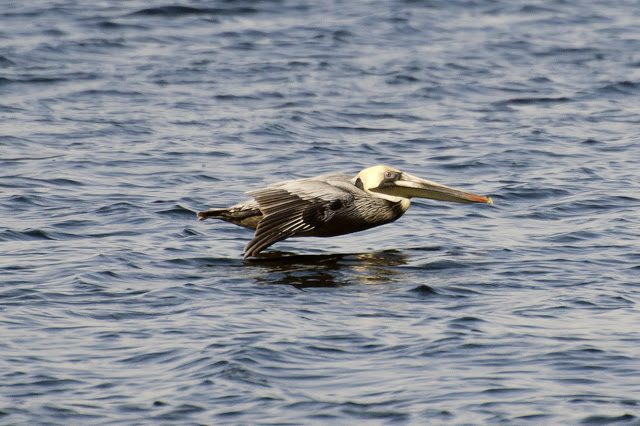
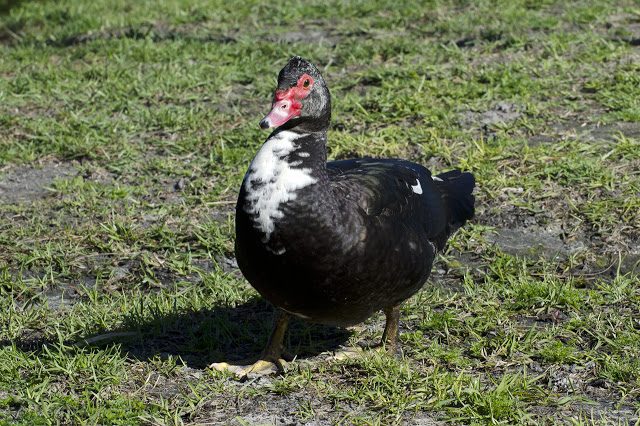
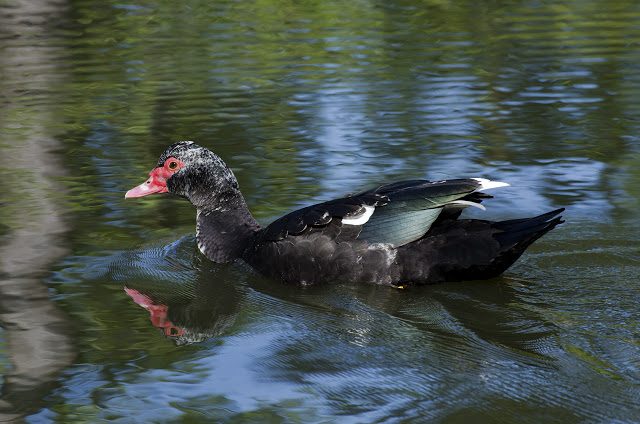
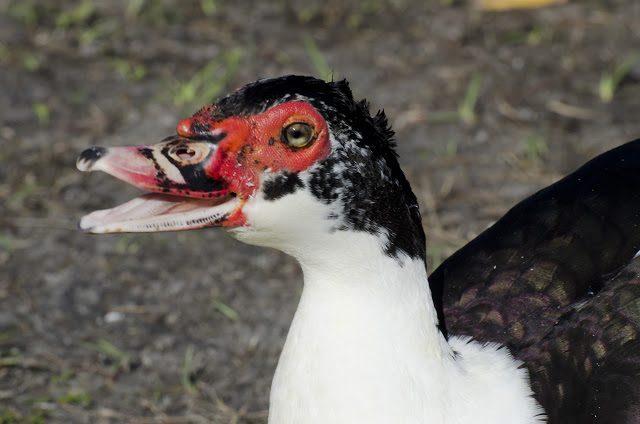
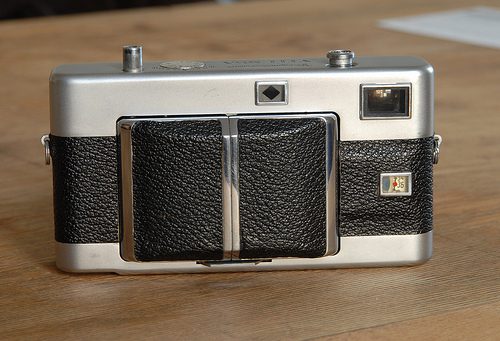
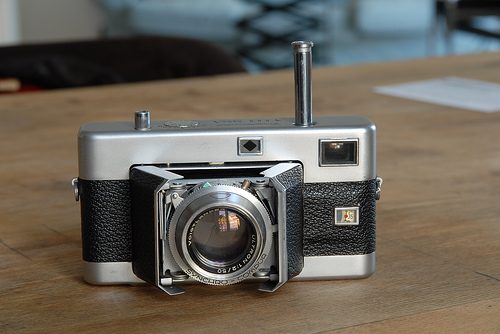

 Wider than 30 or 28 or so, and it actually blackens the corners.
Wider than 30 or 28 or so, and it actually blackens the corners.